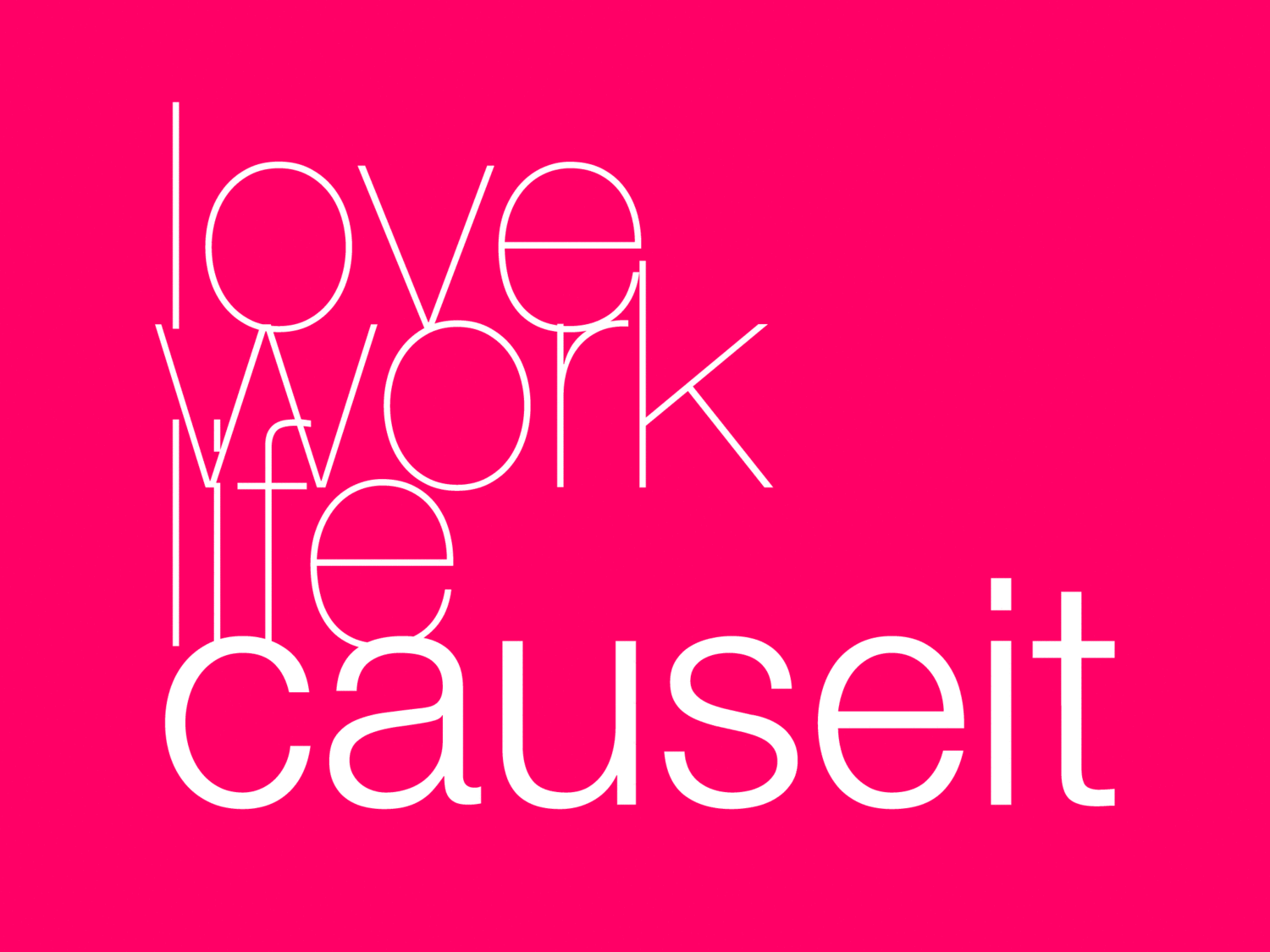Spring is the time to surface ideas, plant as many new opportunities as possible, and make sure the right combination of water and care are there to help new things sprout and take root. During this time of year, we have lots of freedom to take risks—but it’s still very important to make good decisions about what to plant, as we won’t be able to see the results for a while. In the business environment, activities of this stage often include planning for product launches and seeking additional funding, holding kickoff meetings and orienting new team members. The spring ends when plants are beginning to take deeper root and appear from underground, and in the business context, this means that we move to the summer of innovation when ideas are beginning to take shape in material form—to manifest.
Spring Roles
Explorers continue mapping big picture trends to ideas under consideration.
Planners help keep the process on track while progress may not be immediately apparent.
Energizers keep focus and excitement while ideas germinate and begin to take root.
Connectors keep others in the organization aware of progress and match them to members of the team who might need input.
Experts work closely on buildout of new ideas.
Optimizers work with the team to get as many ideas as possible validated and built, carefully measuring progress and tweaking process.
Producers work to actually execute on the ideas of the whole team.
Coaches work with the team to help them hone their skills and navigate the ups and downs of new ideas taking shape, decision-making and other parts of the manifestation process.
Spring Projects
Formulation of key functions and validation of our understanding of your ‘customers’ (aka people served), value propositions and business models around them
Business Model Environment - CC Strategyzer AG
To begin, start mapping the business model environment:
Macroeconomic forces
Domain (‘industry’) forces
Societal and Technological trends
Market forces (supply/demand related to our our potential value propositions)
…and your existing business model canvas, including:
Business Model Canvas - CC Strategyzer AG
Key Partners
Key Activities
Key Resources
Cost Structure
Value Propositions (more about this in Value Proposition Design)
Customer Relationships
Customer Channels
Customer Segments
Revenue Structure
Specific projects in this realm often include:
Mapping resources and key actors—the forces and trends in your business model environment which are influencing/affecting you
Persona modeling of individuals (who are grouped into customer segments) whom you could serve—identifying their worldview, networks and circumstances, and then surfacing key emotional, social and functional jobs you could help them with
Ideation of value propositions for your offerings—what value could be provided to your customers
Testing and learning from hypotheses about our customers and stakeholders validating that we have properly understand what differentiates one kind of stakeholder from another, what kinds of tangible, emotional and social jobs they have, how many of these kinds stakeholders exist by category, and what networks they exist within.
Tracking progress on your tests on a progress board or other tool, mapping hyoptheses to tests and tracking the backlog, build, measure and learn phases. One form of a test is finding a way to share our value propositions publicly (through landing pages or minimal viable products) to test if we have properly understood the key needs of our customers and partners. We can also launch pilots of revenue-earning products to tune our business/operational hypotheses
Validating a business model canvas, wherein there is sufficient confirmation of the ideas on the canvas to justify further investment of time, resources and reputation
The Strategyzer online toolkit/web app for Value Proposition Design and Business Model Generation can help organize work on this process even as a distributed team, and provides structure to stay focused on tangible opportunities. This would sit alongside simple project management systems like Asana, individual workplans or other tools already in use.
You move out of the Formulation/Spring stage when the first signs of our work begin to be visible to the people we intend to ultimately serve. This might take the form of published research, pilot projects and the like. We also know we have made progress towards the end of this stage when the learnings we are extracting from our tests validate our initial business models for impact and we no longer have to redesign our fundamental models in order to find a product-market fit.





